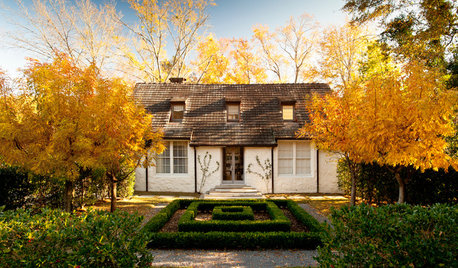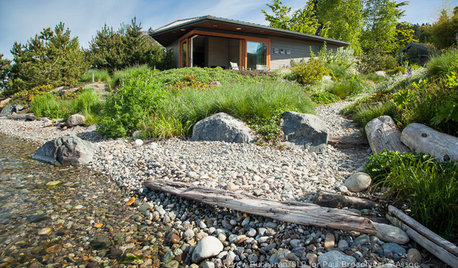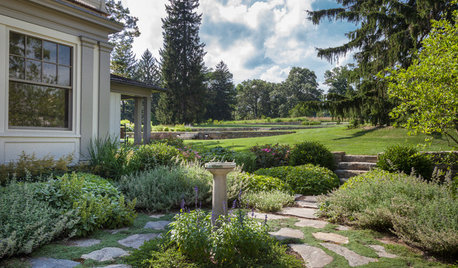Is it Wise to Try and Restore a Dormant Lawn
port2015
3 years ago
Featured Answer
Comments (9)
Related Professionals
Essex Landscape Architects & Landscape Designers · Marina Landscape Architects & Landscape Designers · Saint Charles Landscape Architects & Landscape Designers · Waunakee Landscape Architects & Landscape Designers · Aurora Landscape Contractors · Hartford Landscape Contractors · Ashburn Landscape Contractors · Beachwood Landscape Contractors · Dudley Landscape Contractors · Secaucus Landscape Contractors · Seymour Landscape Contractors · Waterford Landscape Contractors · Wilton Landscape Contractors · Woodburn Landscape Contractors · Casselberry Landscape Contractorsdanielj_2009
3 years agolast modified: 3 years agomorpheuspa (6B/7A, E. PA)
3 years ago
Related Stories

GARDENING GUIDES6 Plants for Colorful Fall Foliage in the Water-Wise Western Garden
Try these colorful, drought-tolerant additions to your garden for a fall season filled with color
Full Story
BEFORE AND AFTERSSee 6 Yards Transformed by Losing Their Lawns
Wondering whether a turf lawn is the best use of your outdoor space? These homeowners did, and they found creative alternatives
Full Story
EARTH DAYThe Case for Losing the Traditional Lawn
Work less, help the environment and foster connections by just saying no to typical turf
Full Story
LANDSCAPE DESIGN15 Great Ideas for a Lawn-Free Yard
End the turf war for good with hardscaping, native grasses and ground covers that save water and are easier to maintain
Full Story
GREEN DECORATINGEasy Green: Big and Small Ways to Be More Water-Wise at Home
These 20 tips can help us all make the best use of a precious resource. How do you save water in summer?
Full Story
GREAT HOME PROJECTSHow to Replace Your Lawn With a Garden
New project for a new year: Lose the turfgrass for energy savings, wildlife friendliness and lower maintenance
Full Story
SAVING WATERHouzz Call: Are You Letting Go of Your Lawn?
Many facing a drought are swapping turf for less thirsty plantings. If you’re one of them, we’d like to hear about it
Full Story
INSPIRING GARDENSLawn Gives Way to a More Natural Lakeside Garden
Meadow grasses, beach pebbles and driftwood replace turfgrass in a nature-friendly landscape on Lake Washington’s shore
Full Story
TRADITIONAL HOMESHouzz Tour: Connecticut Farm Restored for Generations to Come
A man renovates his extended family’s stately farmhouse and land. Sustainable practices are used in gardens, wetlands and recreation areas
Full Story
MOST POPULARContractor Tips: Top 10 Home Remodeling Don'ts
Help your home renovation go smoothly and stay on budget with this wise advice from a pro
Full Story







morpheuspa (6B/7A, E. PA)